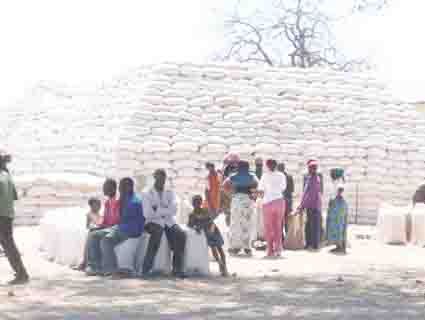Tales of African Export.
Export is the act of sending goods or services to another country for sale.
One important factor that influenced the growth of African exports was the discovery of petroleum in several countries, notably Libya, Algeria, Nigeria, Gabon, Angola, the Republic of the Congo, and Cameroon.
Other factors include the discovery and the increased exploitation of minerals that are in high demand, such as diamonds. Especially in Sierra Leone, the Republic of the Congo, the Central African Republic, and the Democratic Republic of the Congo. And the exploitation of other minerals, such as uranium ore.
Read Also, Nigeria’s sesame market lucrative but weighed down by challenges
However, since achieving independence, many African countries have made attempts to diversify external trade relations. Which brought about the consolidated efforts through a series of agreements, collectively called the Lomè conventions. The lomè conventions guaranteed preferential access to the European Economic Community for various export commodities from African states. And that provided European aid and investment funding. Due to this a significant export trade was developed with the United States and Japan.
In addition, in most African states one or two primary commodities dominate the export trade. For example, petroleum and petroleum products in Libya, Nigeria, Algeria, Egypt, Gabon, the Republic of the Congo, and Angola. Iron ore in Mauritania and Liberia, copper in Zambia and the Democratic Republic of the Congo, cotton in Chad, coffee in Burundi, Uganda, Rwanda, Ethiopia, Madagascar, Kenya, and Côte d’Ivoire; and sugar in Mauritius.





